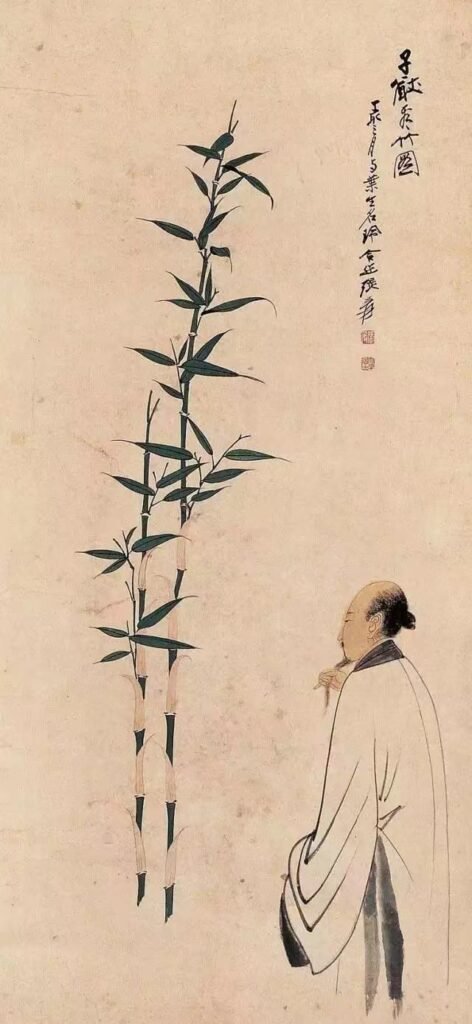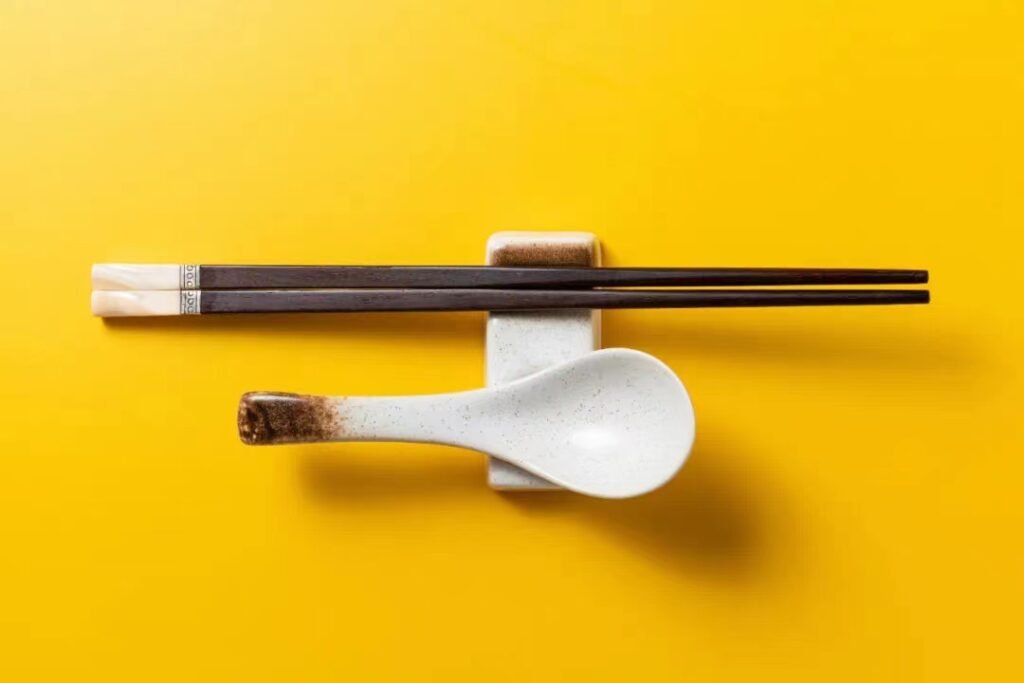When it comes to bamboo, what is the first thing that comes to your mind? Chopsticks, bamboo fencing, or the food of pandas? In fact, bamboo can do much more than that. Bamboo woven utensils appeared as early as the Neolithic Age about 6,000 years ago. In ancient China, there were bamboo flutes, bamboo writing brushes, and bamboo hats, etc. To this day, bamboo is still an important raw material for our household goods.

The natural grain, derived from bamboo growth, coupled with the special weaving techniques in production, endows bamboo household products with unique aesthetic value. Booboa‘s bamboo trays, baskets, and bamboo dustpans are such home goods that are both natural and exquisite. They offer not only functionality but also beauty, making them suitable as decoration in any household.

Moreover, bamboo that has undergone drying and decay resistant treatment is easier to maintain and has a longer lifespan. For instance, bamboo flooring is harder and stronger than wooden flooring, more scratch-resistant, and easier to clean. These characteristics are the reasons why bamboo products can span six millennia and are still popular. However, in the 21st century, with highly developed industry and more abundant choices, the crafting of bamboo household goods holds added significance. A growing number of nations globally have adopted policies to limit plastic consumption, and as a renewable resource, bamboo is an excellent alternative material. We can see that bamboo sticks, bamboo spoons, and bamboo straws have replaced many disposable plastic products. Bamboo has a shorter growth cycle than other trees, and it is cost-effective to cultivate. Plastic restriction policies encourage the use of reusable or biodegradable products, and bamboo products perfectly meet these criteria. Therefore, to uphold environmental sustainability, bamboo is also increasingly utilized in furniture, home decor, kitchenware, and even in the form of bamboo fiber textiles, creating a new trend in home living.

Leave a Reply